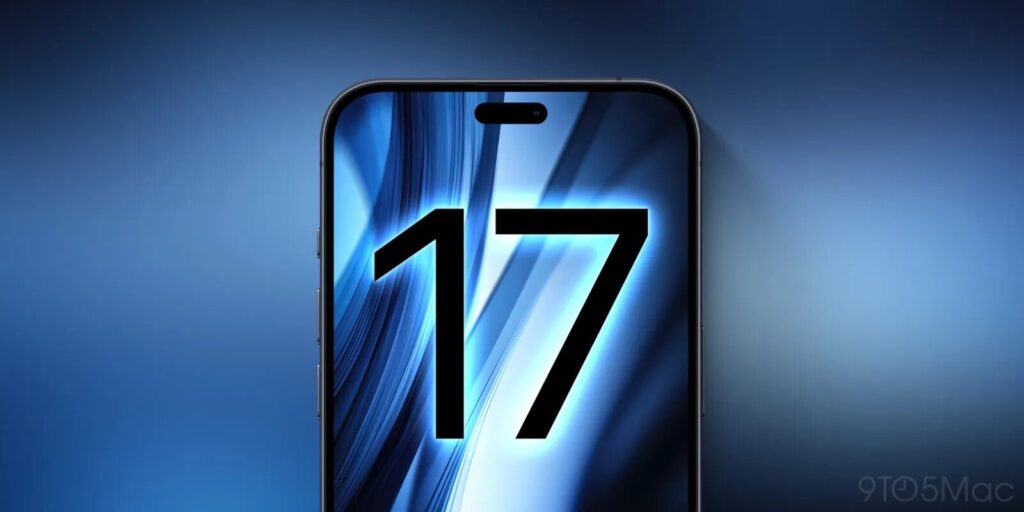Apple’s Next Big Move
Apple is reportedly working on its thinnest iPhone yet, the iPhone 17 Air, which could redefine smartphone design. According to reports, this ultra-slim device was initially considered to be completely port-free, meaning no charging or data transfer ports, relying entirely on wireless solutions. However, Apple has reportedly decided to include a USB-C port due to regulatory concerns, particularly in the European Union (EU).

A Bold, Futuristic Design
Rumoured to launch in 2025, the iPhone 17 Air is expected to feature a 6.6-inch display, making it slightly larger than the standard iPhone models. However, what truly sets it apart is its slim form factor, designed to be the lightest and thinnest iPhone ever produced.
Reports suggest that Apple’s goal was to create a seamless, port-free design, eliminating the need for physical connections. While this approach aligns with Apple’s long-term vision for a wireless future, it raised concerns about usability, especially in countries where wireless charging infrastructure is still developing.
The USB-C U-Turn
One of the biggest surprises about the iPhone 17 Air is that Apple considered making it completely portless. This means no USB-C or Lightning port, relying exclusively on MagSafe wireless charging and wireless data transfer.
However, due to European Union regulations, which require all smartphones to have a USB-C charging port, Apple was forced to revise its design. A report from MacRumors suggests that Apple executives ultimately decided to keep a USB-C port for compliance reasons while still pushing for a wireless-centric future.
What’s Under the Hood?
Apart from its radical design, the iPhone 17 Air is expected to come with Apple’s next-generation A19 chip. This processor will likely bring better power efficiency, improved performance, and longer battery life despite the phone’s ultra-slim body.
Additionally, it is expected to feature a single 48MP rear camera, a decision that suggests Apple may focus on computational photography rather than adding more lenses.
A Step Toward a Portless Future
Apple’s vision for a completely wireless iPhone has been in the making for years. The introduction of MagSafe, wireless AirPods, and the removal of the headphone jack were all early signs that Apple was moving toward a future without physical ports.
If the iPhone 17 Air is successful, it could set the stage for future iPhones to completely ditch USB-C in favour of wireless-only charging and data transfer.

Industry Reactions
Tech experts have mixed opinions on Apple’s push for a port-free smartphone. Some praise the sleek design and futuristic vision, while others are concerned about charging limitations and accessory compatibility.
A report from PCMag stated,
“A portless iPhone is an interesting concept, but removing USB-C entirely could create frustration for users who rely on wired connections.”
Meanwhile, TechRadar noted,
“The iPhone 17 Air represents a shift in smartphone design, potentially leading to a new wave of ultra-thin, ultra-light devices.”
Final Thoughts
Apple’s iPhone 17 Air is shaping up to be a major evolution in iPhone design, blending cutting-edge wireless technology with an incredibly thin build. While the decision to keep USB-C ensures compliance, it’s clear that Apple’s long-term goal remains a completely wireless iPhone.
As the anticipated 2025 release date approaches, consumers and industry experts alike are eager to see if the iPhone 17 Air will redefine how we interact with our devices—or if it’s a glimpse into Apple’s grand vision for the future.

